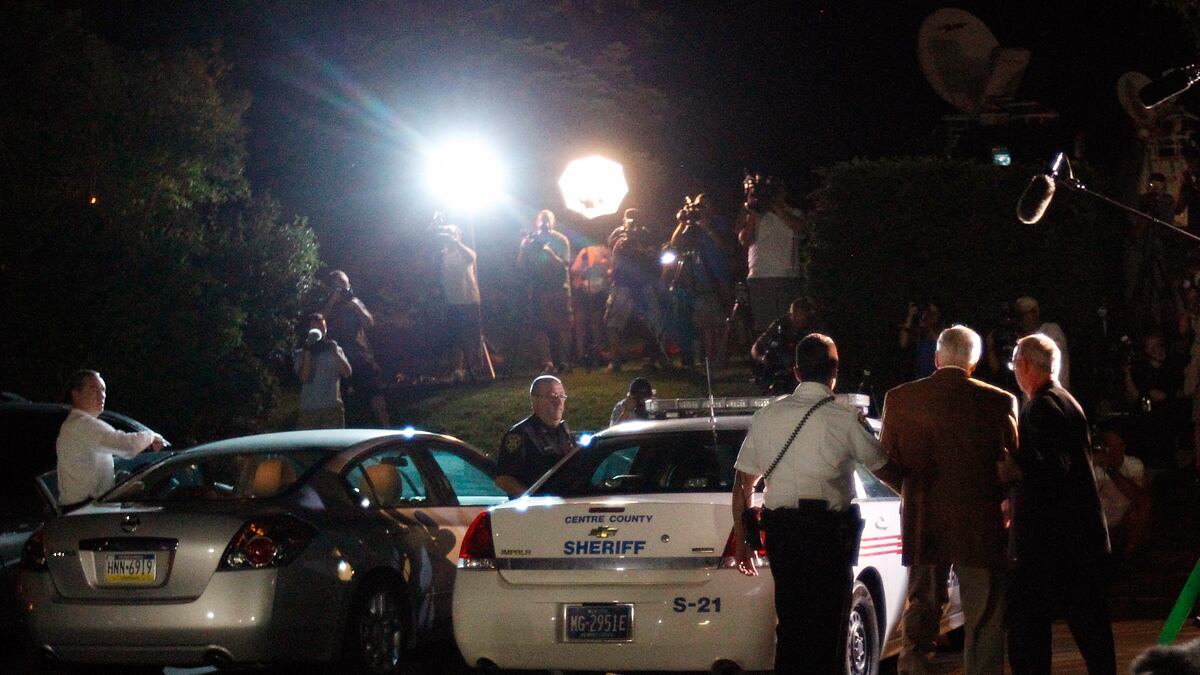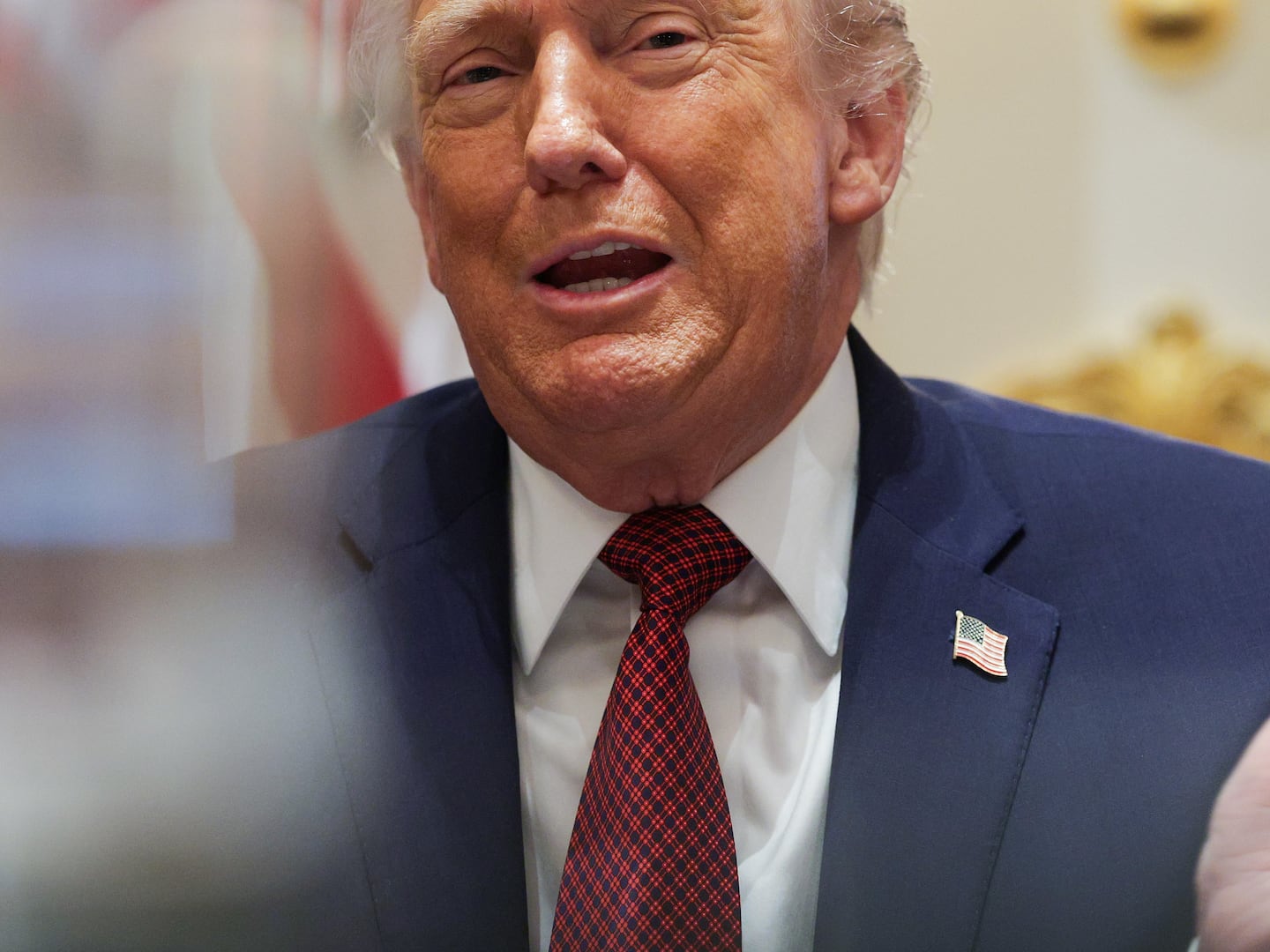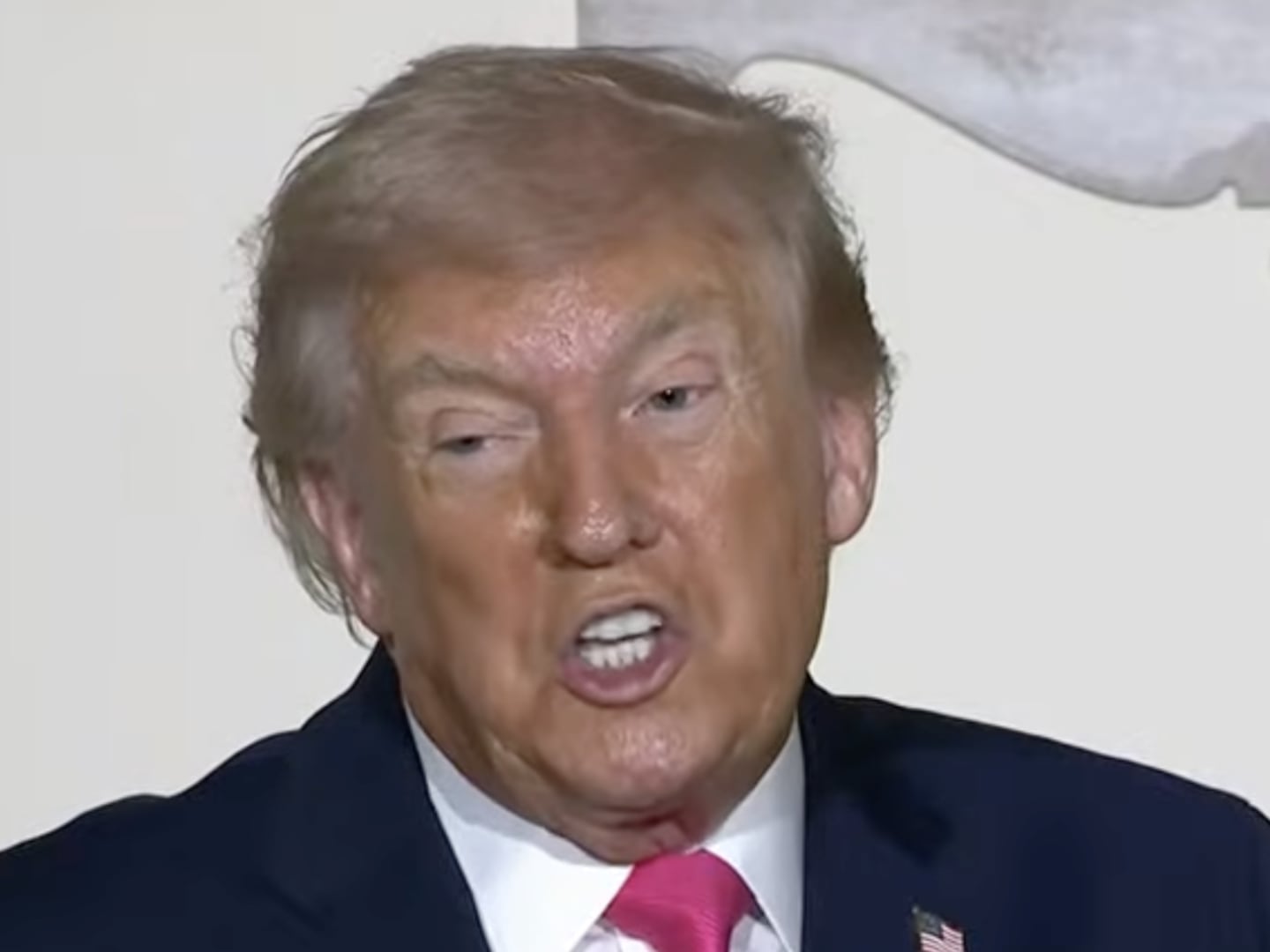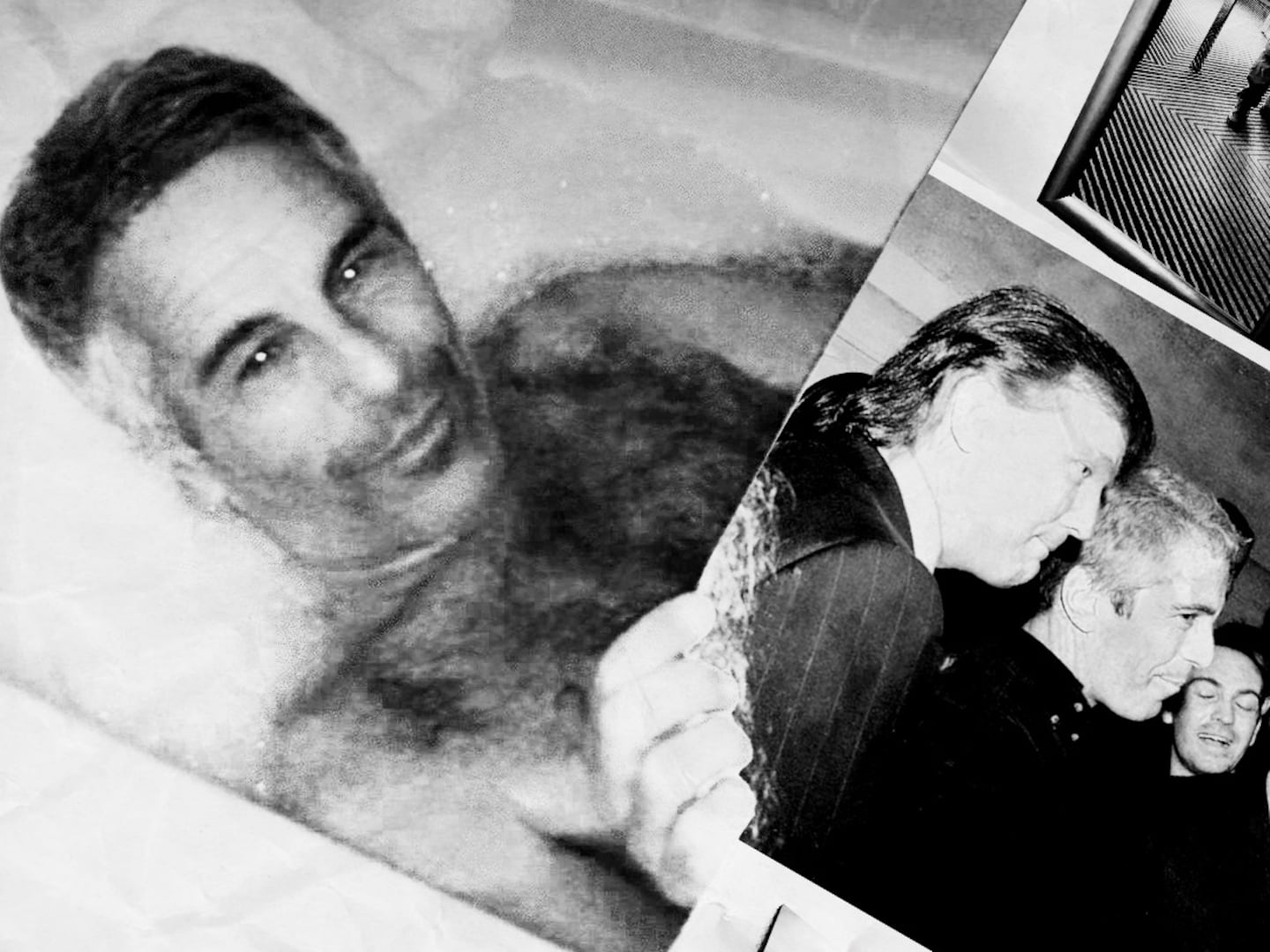The moral of the Jerry Sandusky saga is this: Pennsylvania State University, as an institution, decided that protecting Joe Paterno’s reputation and winning a few more football games was more important than stopping the ongoing rape of young boys.

Of course, no one ever said anything like that out loud. Indeed, it’s likely that none of the many people who knew or suspected that Sandusky was a child molester ever made a conscious calculation that protecting the football program was more important than protecting the boys Sandusky was raping.
Such a level of conscious sociopathic indifference to suffering is fairly rare. What isn’t rare are all the psychological, social, and legal mechanisms that allow someone like Sandusky to flourish in the midst of Our Great Little Town. For at least a decade, and probably far longer, State College was full of people who deliberately closed their eyes to the truth about Sandusky.
These people didn’t know the truth only because they didn’t want to know it. The best example of this pattern of denial is provided by how Mike McQueary’s witnessing Sandusky’s anal rape of a 10-year-old boy in a shower was, within 24 hours, transformed into “something of a sexual nature” when reported by Joe Paterno to his formal administrative superiors and then within a few days into what university president Graham Spanier characterized as “conduct that made someone uncomfortable.”
Everyone knew, but everyone decided not to know—starting with Paterno, who, despite his canny attempts to play the role of the naive and befuddled old man, forced Sandusky off his staff all the way back in 1999, shortly after the first formal criminal complaint (that we know of) against Sandusky was filed with the police—a complaint that resulted in a 95-page police report, but, mysteriously, no charges.
Sandusky’s coaching career was over, but neither Paterno nor anyone else decided to do anything about the fact that Sandusky would spend another decade using the university’s facilities to run his Second Mile charity for troubled young boys—not even after McQueary caught Sandusky raping a child on campus.
Instead, the powers that were—including Paterno, Spanier, athletic director Tim Curley, and vice president for business and finance Gary Schultz, who we now know kept a thick file on Sandusky—decided that, as president Spanier put it in a deleted email that he sued to get back, the “humane” thing would be to cover up Sandusky’s ongoing career of serial child rape.
Again, it’s unlikely any of these people ever thought of what they were doing in those terms, i.e., in terms of what they were actually doing, as opposed to what they told themselves they were doing. The human capacity for conscious and unconscious rationalization in the pursuit of craven self-interest is nearly unlimited, especially when those rationalizations are put forth in an institutional context, with all the pressure such contexts put on people to be “team players” and “constructive contributors” to the ongoing mission of those institutions.
The single most chilling sentence in the legal record of the case is this: referring to the rape of the child witnessed by McQueary, the Pennsylvania attorney general’s office noted in its report last November that “there is no indication that anyone from the university ever attempted to learn the identity of the child who was sexually assaulted on their campus or made any follow-up effort to obtain more information.” Relatively few people are prone to the sorts of compulsions that can lead a man to the place where Jerry Sandusky finds himself today. Far more of us will, sooner or later, find ourselves at risk of committing the sorts of acts depicted in that quote.
In that sense, all of us are, or can easily become, Penn State.






